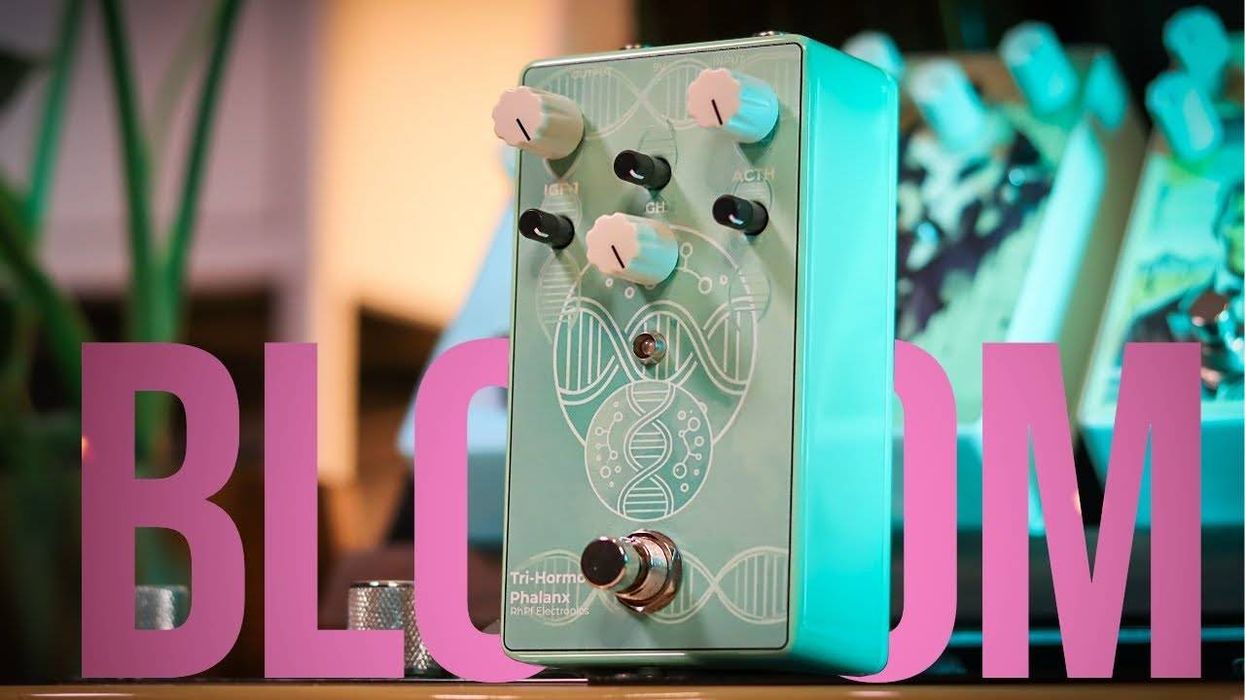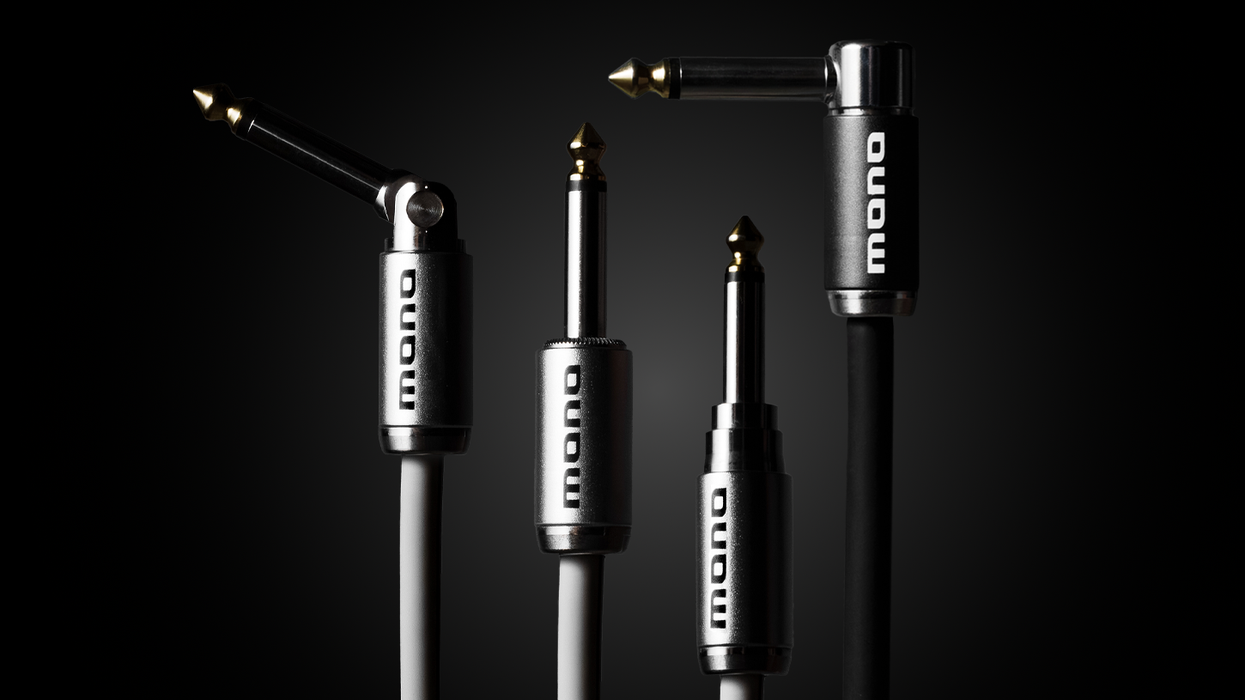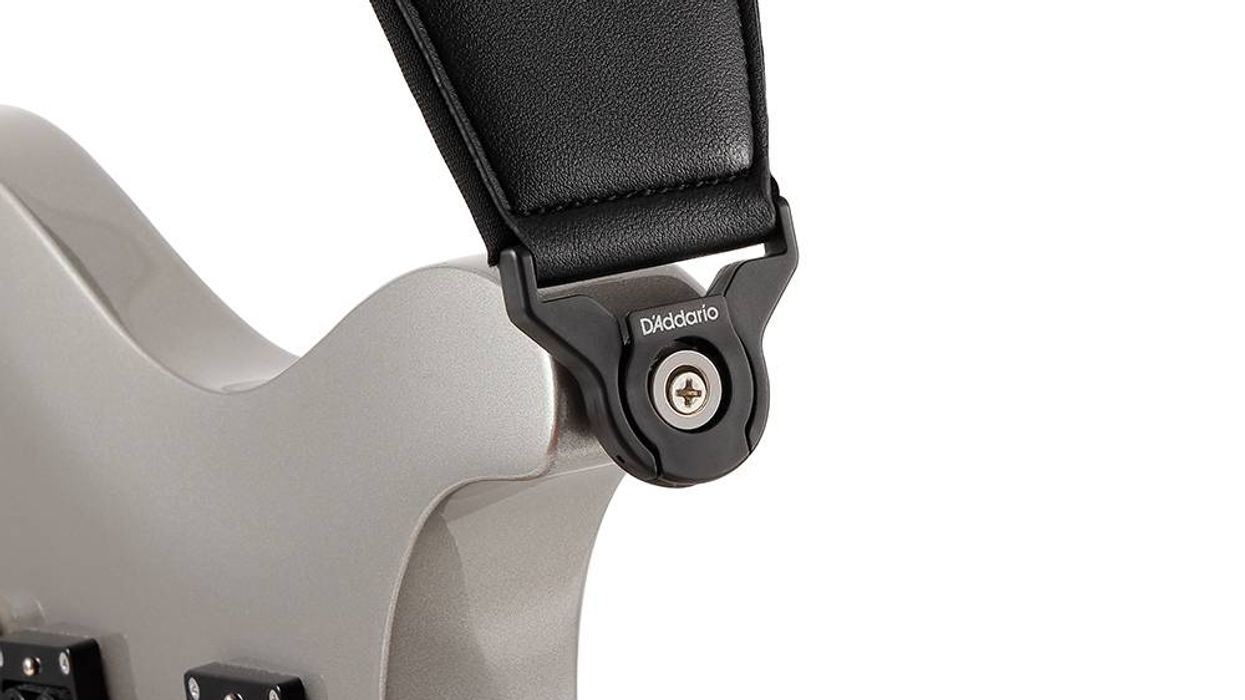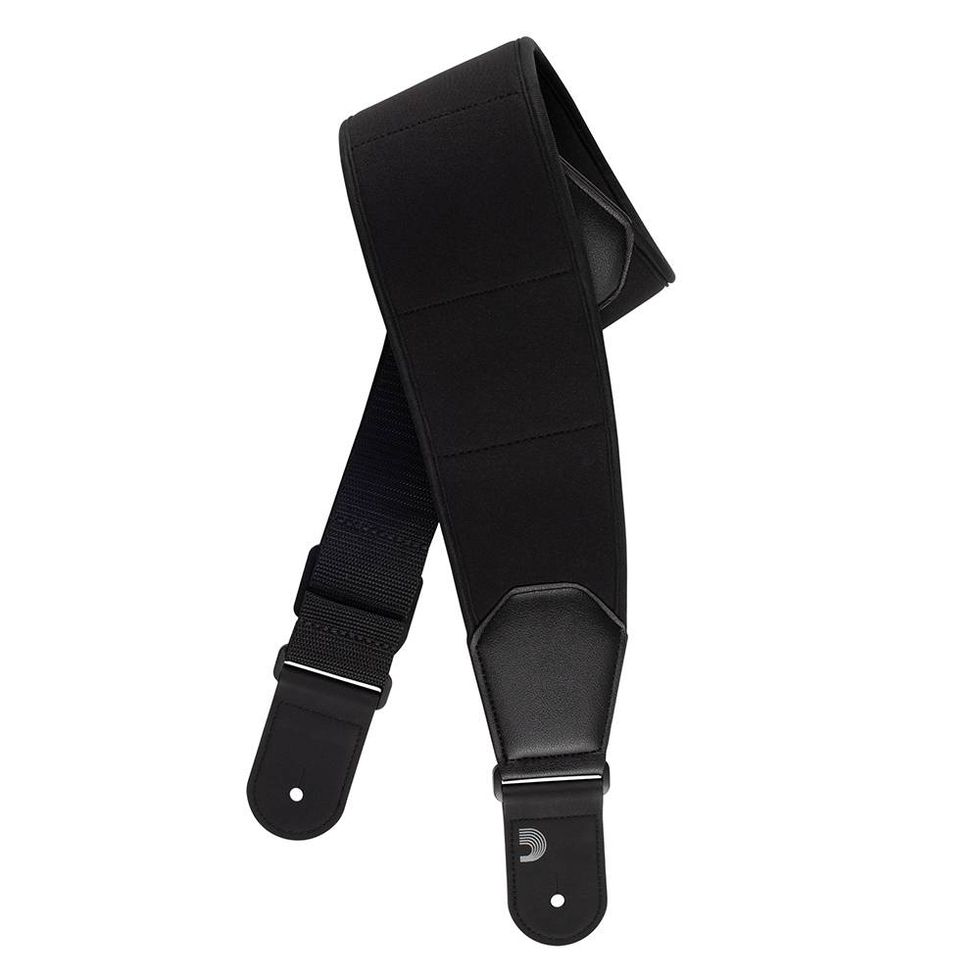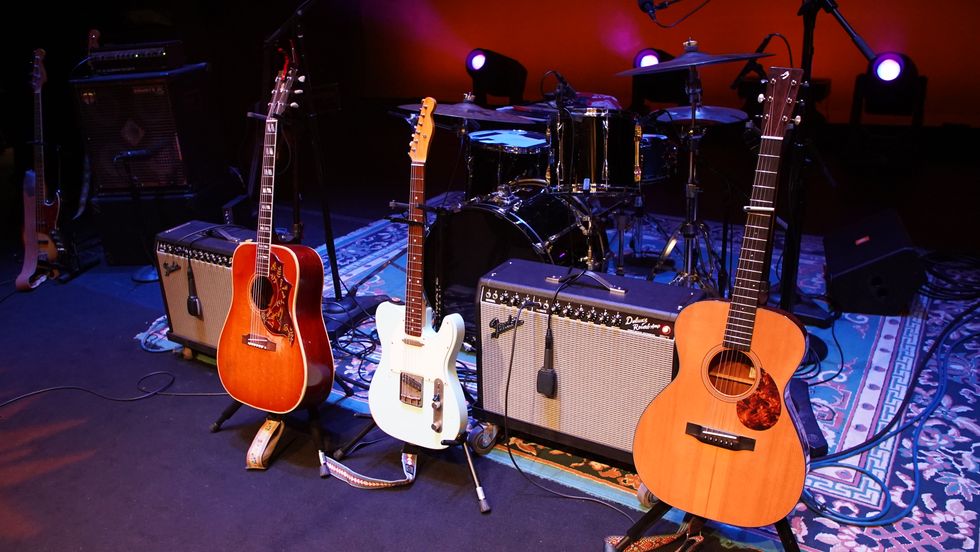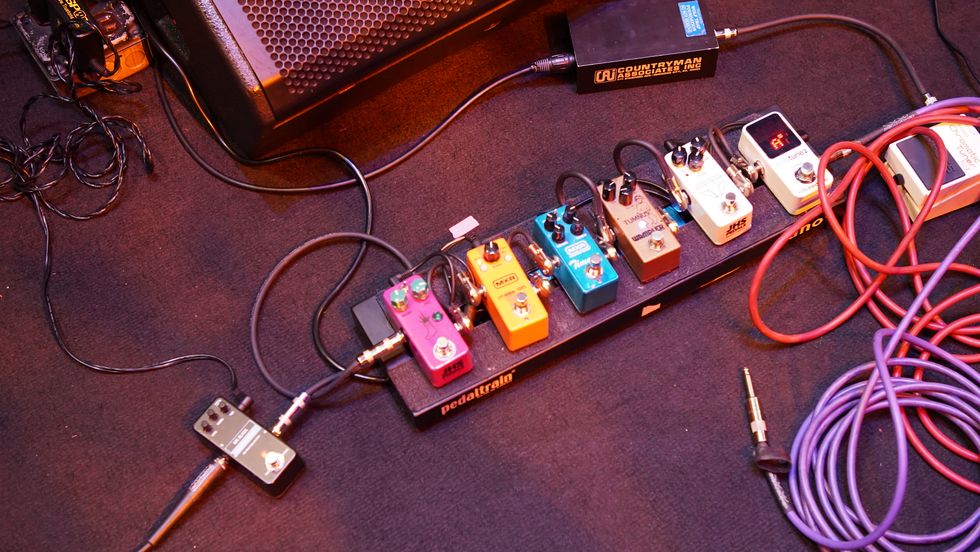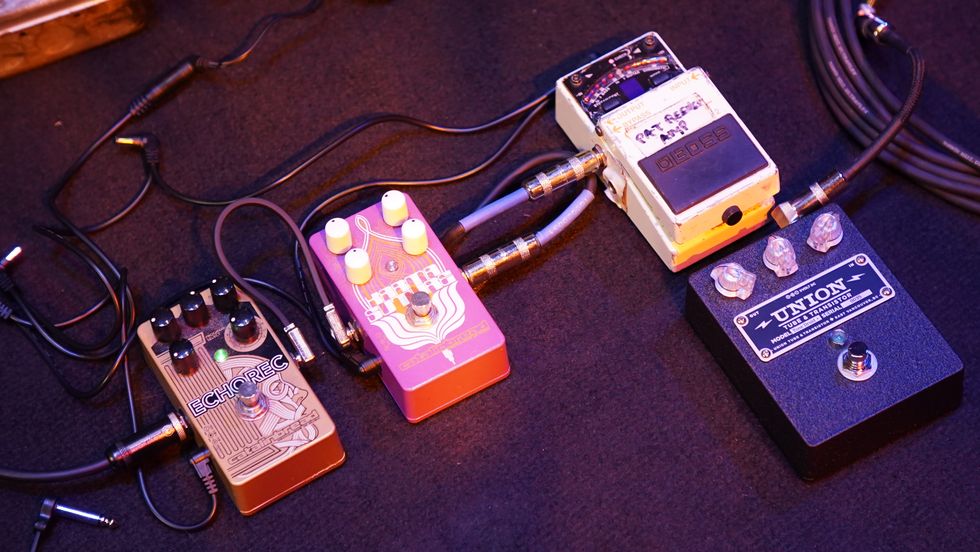 I’ve been noticing some disturbing trends as of late. Many of my customers have been experiencing problems with their wrists and hands, and it was originally quite perplexing. Players have come to me, having huge problems playing even the simplest of chords. They have all been asking for lighter gauge string sets to alleviate their pain, and I’ve witnessed some drastic string changes before any of these folks found any sense of what we would call “real” relief. I soon became aware of the fact that you can (and will) do major damage to your wrist if you don’t get your playing ergonomics together.
I’ve been noticing some disturbing trends as of late. Many of my customers have been experiencing problems with their wrists and hands, and it was originally quite perplexing. Players have come to me, having huge problems playing even the simplest of chords. They have all been asking for lighter gauge string sets to alleviate their pain, and I’ve witnessed some drastic string changes before any of these folks found any sense of what we would call “real” relief. I soon became aware of the fact that you can (and will) do major damage to your wrist if you don’t get your playing ergonomics together. Consider this a guitarist’s public service announcement, if you will; serious injury is avoidable with a few simple steps.
The first thing to evaluate is your own playing position. Do you ever play your instrument way down below your waist? Granted, it might look cool and rockstar-esque, but the fact of the matter is that you do not ever want to have your wrists bent at a right angle while you’re playing, and it doesn’t matter how light your strings are either. Make sure that your wrists are in a nice, straight line as they line up with the neck of your guitar. The optimal height of the guitar should be just a bit higher than you’re used to, and you will see how natural your hand looks as you play from behind the neck. It should feel very comfortable and you should play effortlessly when everything is lined up properly.
These severe hand injuries, including the dreaded carpal tunnel syndrome, are also likely caused because of improper string gauge selection. Last month, we discussed the importance of using the right gauge for your particular purposes – I also suggested using as light a string as possible for the job. In my case, for example, I began playing jazz guitar at 16. Keep in mind that when I had my first electric guitar, a Telecaster, I initially strung it up with .008-.038 strings. They were light all right, and I could do those Albert King bends with ease. But it wasn’t too long before I decided I wanted to switch over to a L-7 archtop. My teacher told me to buy a set of Gibson E440 strings that were gauged 14-18-28w-38-48-58. Quite a change, huh?
In this case, I had to lighten up things so that my string action was lower on the fingerboard and so that I could pick the strings with a good attack (yet without hearing any buzz). It certainly took me a while to conquer the new string gauge, and I had to do it very slowly.
I am truly concerned that bigger strings can cause harm to your tendons, ligaments and nerves if used before your hands are ready to grapple with them. I know from my own experience that any sort of tendon injury can take damn near forever to clear up, and it’s no fun at all. It can take the joy out of your music, because you want to get back to it as soon as possible, but it takes a long, long time before your hands feel “right” again. The most annoying thing is when you think you’re all healed up and all of a sudden your hands (or an injured finger) will freeze up when you least expect it – that’s a real bummer.
So what can you do to minimize your risk of injury? I would heartily recommend that you invest in an electronic metronome and start practicing with it set to 40 beats per minute, gradually raising it up a few points every few days. You will be amazed at how your fingers and hands will be far more nimble and agile after only a short amount of time practicing with one of these gizmos. It’s almost like you’ve been put into a weightless environment, as your fingers will feel much lighter.
It’s very important to keep in mind that players such as Jeff Beck are known to start a tour using a set of 9-42s before gradually upping the gauges once their fingers are in shape. You can also use a capo placed at the first fret while using a heavier gauge tuned to Eb to “cheat” with too! Using this technique will give you even more incremental command over a particular gauge of string. Just remember that if you have any sort of whammy bar installed on your guitar, the bridge, the bridge saddles, the tremolo claw and arm itself, along with the intonation, will need to be adjusted as you make the journey upwards.
Now a few final points to remember – first, if you feel any pain in your wrists, on top of the hands, palms and/or fingers, stop playing and get yourself checked out by a competent doctor. You can avoid injuries if you pay attention to these signals. For those of you out there using heavier strings, keep in mind that you can get some big tones out of regular gauge strings with only a few tweaks to your playing technique and to the guitar’s string height. Also remember that your amplifier is indeed an instrument of its own and can compensate for heavier strings just with a few tonal/volume tweaks. The amount of vibration a string produces is a big key to getting a huge sound, and the more vibration the better! Above all, practice safe playing positions and don’t go overboard on string gauges too soon – it can be a costly mistake if you do. Have fun and be careful when you’re rocking the house down; your band will be depending on you. See you next month.
Dean Farley
Dean Farley is the chief designer of "Snake Oil Brand Strings" (www.sobstrings.net) and has had a profound influence on the trends in the strings of today
